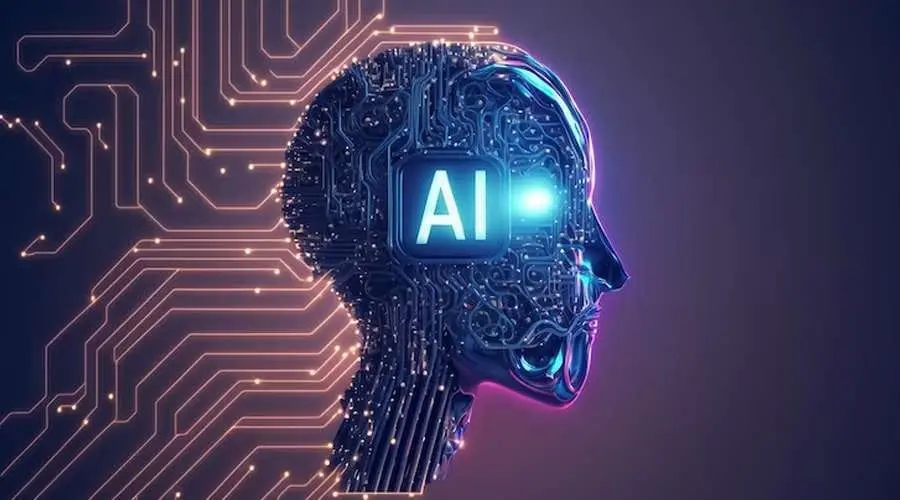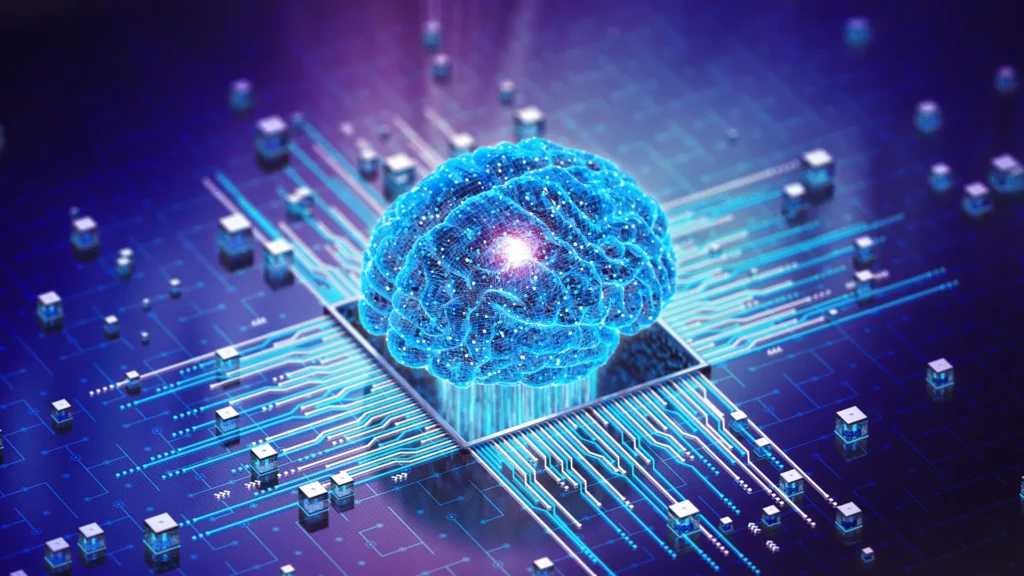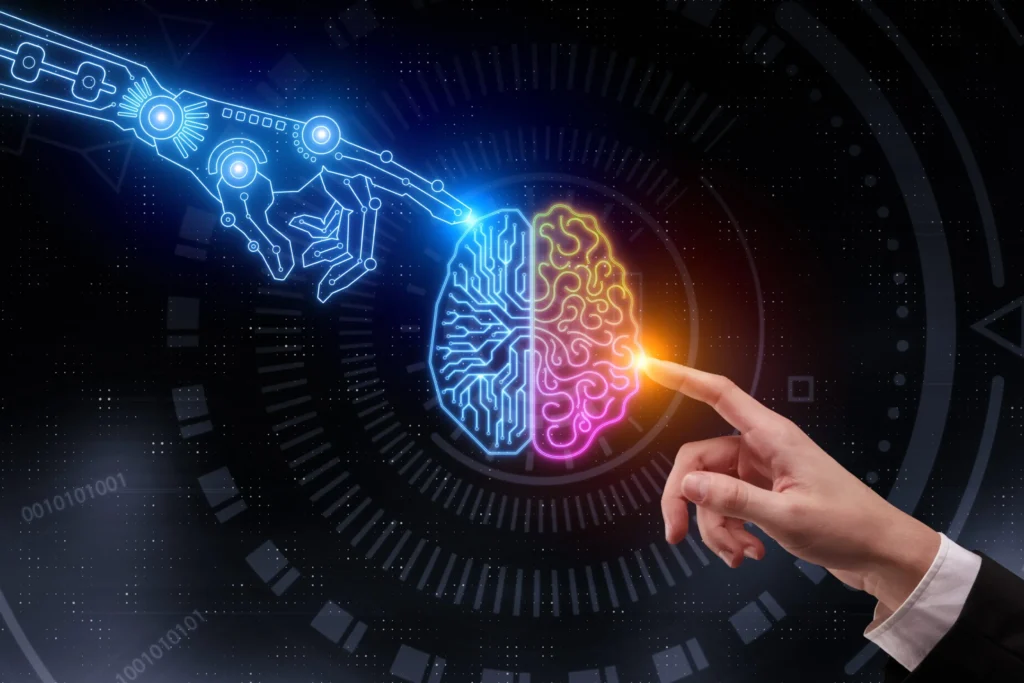In a digital age, Human creativity is no longer a purely human domain. In this age and time where Artificial Intelligence is capable of composing music, painting masterpieces, writing poems, and mimicking human voices, the very definition of Human creativity is taking a gargantuan shift. What was once considered a uniquely human realm of thought and emotion is now being reshaped by generative models and machine learning algorithms.
But the question still lingers, can AI actually be creative like human beings, or is it just very good at imitation?
Let’s examine this debate between brilliance and the human spirit through art, technology, and even something, as universal as storytelling.
Ghibli-Inspired AI Art: When Homage Feels Like Theft
Studio Ghibli is equated with lush, rich storytelling and breathtaking hand-drawn animation. The worlds that Hayao Miyazaki and his co-creators bring to life aren’t merely visually beautiful, they’re rich with cultural richness, emotional complexity, and a personal touch that’s irrevocably human. Human creativity is at the core of these masterpieces.

Recently, AI-generated artwork in Ghibli’s style went viral. The internet was awash in images that looked like they were plucked directly from Spirited Away or Princess Mononoke (Japanese animated films) but were completely created by machine. Despite being a trend all around the globe.
They caused discomfort to the fans and even Ghibli insiders were concerned not because the images were poor, but because they were too good, too similar, and too soon. It stripped away the uniqueness, the charm, the love, and the labor that goes into each hand-drawn frame. And that’s the point: AI can mimic the outer shell, but not the beating heart of Human creativity.
AI Art vs Human Art: What’s Missing?
AI software is trained on huge databases of images, voices, and text. They can create something that resembles art. But can they know what they’re creating?
Art that is created by humans tends to have layers on it: individual history, reference to culture, social commentary, and emotional release. A painting could be an artist’s mourning. A poem might contain a rebellion. A picture could record not only an image but also a moment, rich in context and memory.
AI doesn’t feel pain, joy, or love. It doesn’t survive struggles, whereas a person’s Human creativity often emerges from the struggles and challenges they face in life. It doesn’t have bias unless it’s programmed to. And it certainly doesn’t create with intent, it just creates with prompts. While an AI-created piece may “look” impressive, it tends to miss the subtlety, the contradictions, the flaws, and the honesty that makes art an art—a testament to Human creativity.
YouTube Knows It Too: Authenticity Wins
If you’ve ever posted a video on YouTube with AI-created voiceovers, you might have noticed a warning: “Using AI voice may impact video performance.” Why would YouTube mind? Because the algorithm has learned something important that viewers skip or ignore AI-narrated videos. It comes across as cold, lacking any warmth or depth.

Even the slightest clumsy human voice like, “ums,” “pauses”, and tone shifts, can be more compelling. It’s the flaw that draws them in, “The authenticity.” This behaviour supports one of the essential takeaways: audiences are not merely seeking connection, they want to get that personal and emotional element attached to it, and connection is still something machines haven’t mastered. This is the realm where Human creativity thrives.
The Irony of It All: Love the Tool, Hate the Outcome
Let’s be real, we all adore the convenience of AI. Authors utilize AI in outlines, Designers utilize AI to accelerate concept art, Musicians experiment with melodies via AI instruments. It makes us go faster, do more, and experiment with new ideas. But here’s the catch: the more we employ AI, the more we wonder where it belongs with Human creativity.
That’s because we appreciate the effort behind the creativity as much as the result. A song written after months of sleepless nights speaks more than a record produced in minutes by a robot. A novel that took years of lived history has significance an algorithm that cannot replicate. We’re not just reading results, we’re engaging with the human narrative behind them—a testament to Human creativity.
Storytelling in Advertising: The Human Touch Still Wins
Even in advertising, where efficiency and speed are most critical, human-based stories still rule. From making print campaigns to sentimental digital commercials and retro television commercials — top-performing content tends to rely on relatability, sentiment, and human behaviour. Advertisers know people don’t just buy products; they buy feelings, identities, and stories. And while AI can assist in crafting those narratives, the core idea is that the emotional hook usually starts with a human insight, because AI can analyse data. But only a person can say, “I’ve felt this too.” This is the power of Human creativity.

Conclusion: What Makes Us Human Still Matters
AI is not the enemy. And in fact, when used properly, it can serve as a remarkable creative ally, one that helps us bend the rules, challenge conventions, and elevate our imaginative potential. But let’s be clear, Human creativity isn’t about creating something new. It’s about creating something that matters.
AI may excel at efficiency but human beings excel at intent. Creation is driven not by the act of making alone, but by the desire to connect. The aim is not mere imitation, but expression rooted in meaning and emotion. Until machines can live, love, laugh, and experience loss as humans do, true Human creativity will remain a distinctly human pursuit.
Human creativity is irreplaceable, and while AI can assist and accelerate, it cannot replicate the depth, intent, and emotional resonance that only Human creativity can provide. The debate between brilliance and the human spirit continues, but the essence of Human creativity remains at the heart of what makes art, storytelling, and connection truly meaningful.
Also Read:







